
خصائص فريدة

وصف المنتج
المكون الرئيسي للتالك هو سيليكات المغنيسيوم مع محتوى الماء من التلك، وصيغته الجزيئية هي Mg3[و4O10](أوه)2ينتمي التلك إلى النظام أحادي الميل. بلوراته شبه سداسية أو مُعينية الشكل، وتُشاهد أحيانًا. عادةً ما تكون مُتراصة، ضخمة، تشبه الأوراق، شعاعية، وتجمعات ليفية. لونه عديم اللون، شفاف أو أبيض، ولكنه أخضر فاتح، أصفر، بني، أو حتى أحمر فاتح بسبب وجود كمية قليلة من الشوائب؛ سطحه الانشقاقي لامع كاللؤلؤ. صلادته 1، وكثافته النوعية 2.7-2.8.
مميزة
يتمتع مسحوق التلك بخصائص فيزيائية وكيميائية ممتازة، مثل قابلية التشحيم، ومقاومة الحريق، ومقاومة الأحماض، والعزل، ونقطة الانصهار العالية، والخمول الكيميائي، وقوة التغطية الجيدة، والنعومة، واللمعان الجيد، والامتصاص القوي، وما إلى ذلك. نظرًا لأن البنية البلورية للتلك متعددة الطبقات، فإنها تميل إلى الانقسام إلى قشور وقابلية تشحيم خاصة.
شهادة
Our factories have achieved ISO Certificate, 23 technologies have obtained national patents.
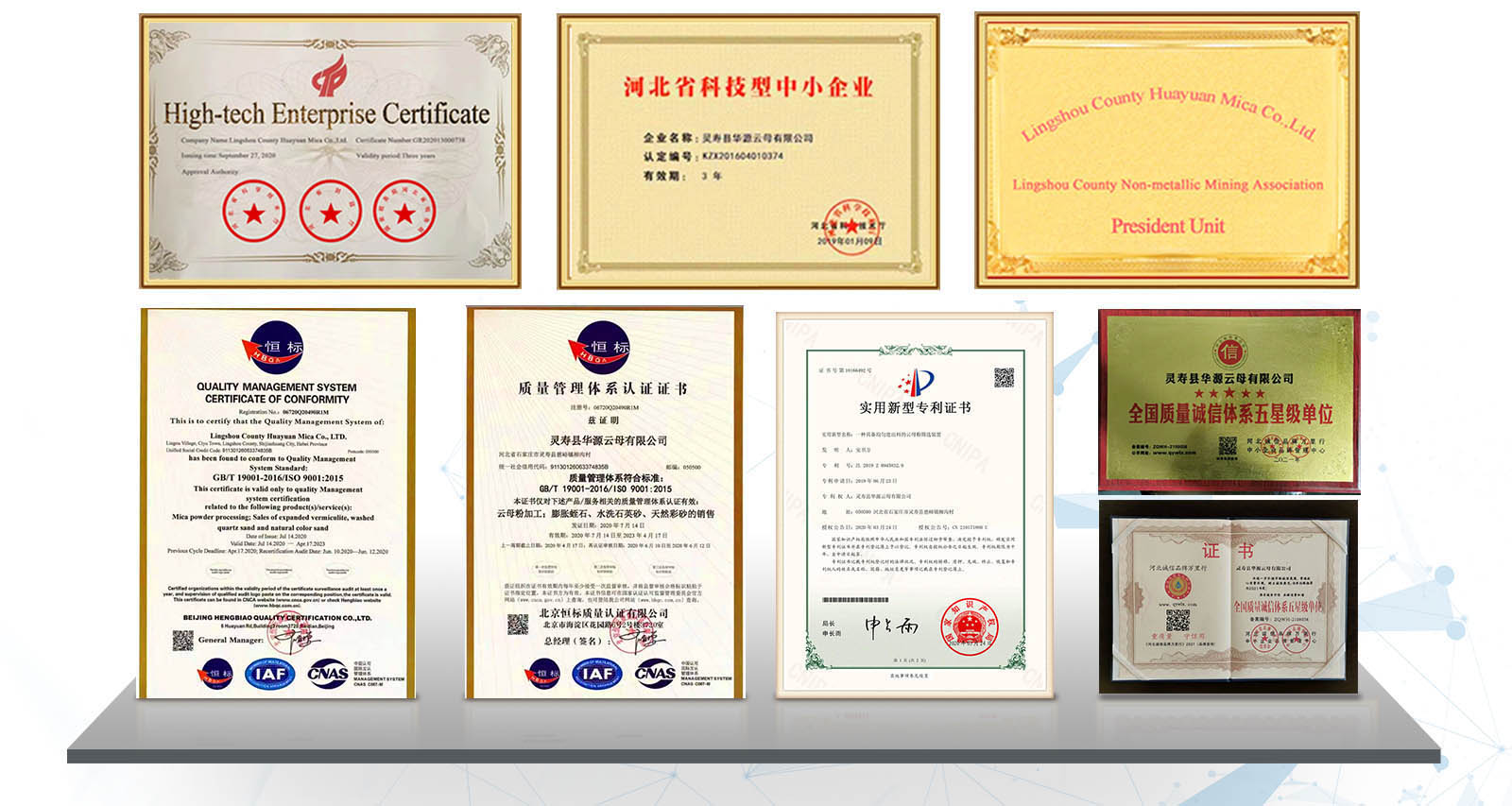
طلب
1. الدرجة الكيميائية
يمكن استخدامه في المطاط والبلاستيك والدهانات والطلاءات والصناعات الكيميائية الأخرى. كحشو، يُحسّن ثبات شكل المنتج، ويزيد من قوة الشد، وقوة القص، وقوة اللف، وقوة الضغط، ويُقلل التشوه، والاستطالة، ومعامل التمدد الحراري، ويزيد من البياض، ويوحد حجم الجسيمات، ويزيد من التشتت.
2. درجة السيراميك
يمكن استخدامه في صنع الخزف عالي التردد، والخزف الكهربائي اللاسلكي، والسيراميك الصناعي المتنوع، والسيراميك المعماري، والسيراميك للاستخدام اليومي والتزجيج الخزفي، وما إلى ذلك.
3. درجة مستحضرات التجميل
يُعدّ حشوًا جيدًا لصناعة مستحضرات التجميل. يحتوي على كمية كبيرة من السيليكون، ويتميّز بحجب الأشعة تحت الحمراء، مما يُحسّن أداء واقيات الشمس ومضادات الأشعة تحت الحمراء في مستحضرات التجميل.
4. درجة صناعة الورق
يُستخدم في جميع أنواع منتجات صناعة الورق عالية ومنخفضة الجودة. يتميز مسحوق صناعة الورق ببياض عالٍ وحبيبات ثابتة ومقاومة منخفضة للتآكل.
5. درجة الغذاء الطبية
مادة مضافة تُستخدم في الصناعات الدوائية والغذائية. الميزات: غير سامة، عديمة الطعم، بياض عالي، تحمل جيد، لمعان قوي، طعم ناعم، وخصائص ناعمة.
6. بودرة التلك فائقة النعومة
يستخدم لطلاء الطلاء عالي الجودة، والبلاستيك، ومطاط الكابلات، ومستحضرات التجميل، وطلاء ورق النحاس، ومواد التشحيم النسيجية وما إلى ذلك.
|
بودرة التلك (السيراميك، درجة صناعة الورق) |
||||
|
شبكة |
200 مليون |
325M |
500 مليون |
800 متر |
|
البياض (%) |
85 |
88 |
90 |
95 |
|
لا.2 (%) |
58 |
59 |
60 |
61 |
|
أكسيد المغنيسيوم (%) |
28 |
29 |
30 |
31 |
|
كربونات الكالسيوم3 (%) |
0.8 |
1 |
1 |
1.5 |
|
ال2O3 (%) |
3 |
2 |
2 |
1 |
|
الحديد2O3 (%) |
1.5 |
0.8 |
0.5 |
0.3 |
|
Moisture (%) |
≤0.5 |
≤0.5 |
≤0.5 |
≤0.5 |
|
فقدان الاشتعال عند 1000 درجة مئوية (%) |
8 |
7 |
7 |
6 |
|
قيمة الرقم الهيدروجيني |
7~9 |
7~9 |
7~9 |
7~9 |
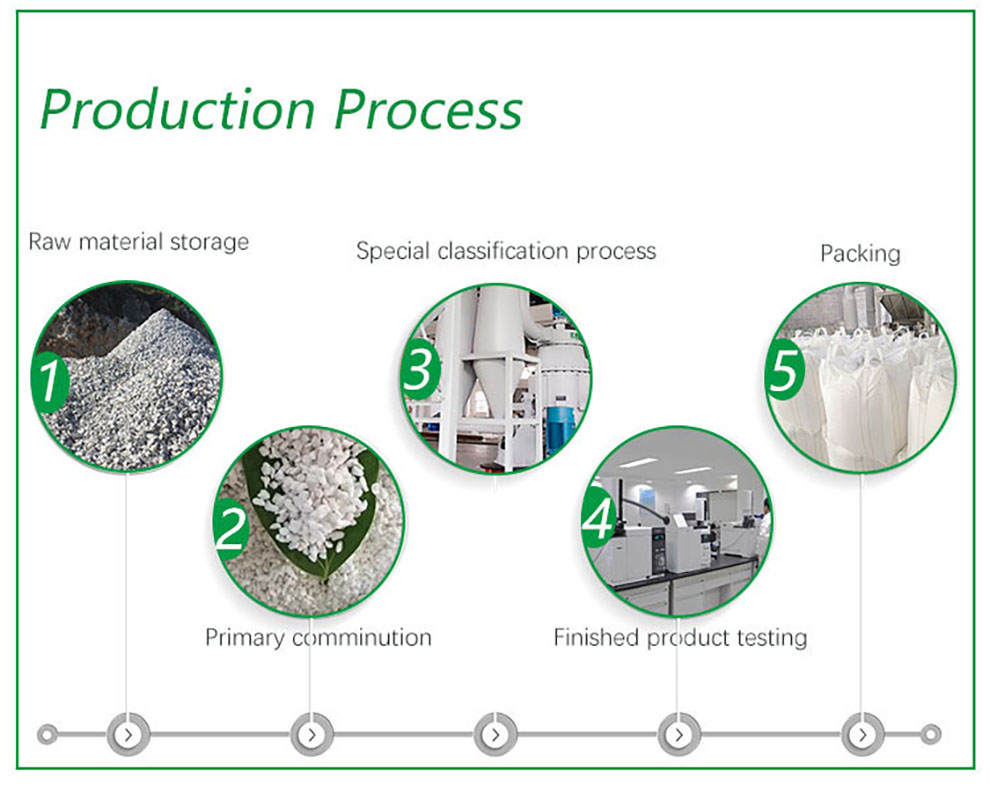
Talcum Powder Industrial Use
Talcum powder, a mineral-based product derived from the softest mineral on Earth, is widely known for its various industrial uses, particularly in the manufacturing of coatings, rubber, ceramics, and plastics. Industrial-grade talcum powder is valued for its ability to improve the quality and performance of products across these industries. The fine, high-whiteness talc powder, particularly in 1250 mesh form, ensures a smooth, durable finish for a range of applications, making it an essential component in many manufacturing processes.
Talcum Powder in Coatings and Paints
In the coatings industry, talcum powder industrial use plays a crucial role in enhancing the texture and durability of paints and coatings. High-whiteness talc powder is used to improve the opacity and smoothness of paints, providing a high-quality finish that is both visually appealing and long-lasting. Its fine particles help to reduce the friction between surfaces, allowing for smoother application and better coverage. Additionally, talcum powder helps in increasing the paint’s resistance to abrasion, making it ideal for both indoor and outdoor applications. The addition of talcum powder to coatings also contributes to a more even finish, preventing imperfections and ensuring consistent color distribution across surfaces.
Rubber Manufacturing and Talcum Powder
Talcum powder is widely used in the rubber industry, especially in the production of rubber products that require a high level of performance and durability. The use of talcum powder industrial use in rubber manufacturing serves several purposes. It is often incorporated as a processing aid, reducing friction and preventing the rubber components from sticking together during production. In addition, the fine particles of talcum powder improve the processing characteristics of rubber, enhancing its smoothness and flexibility. Talc helps to improve the overall quality and consistency of the rubber, making it an ideal choice for manufacturers in need of high-quality rubber materials for automotive, industrial, and consumer products.
Applications in Ceramics and Plastics
Another important industrial use of talcum powder is in the ceramics and plastics industries. In ceramics, talcum powder is added to improve the texture, smoothness, and strength of the final product. Its high whiteness and fine particle size help to create a flawless surface that enhances the aesthetic and functional properties of ceramic items. Similarly, in the plastics industry, talcum powder is used as a filler to improve the physical properties of plastic products, such as their strength, rigidity, and resistance to heat and wear. The use of talcum powder in plastics also helps reduce production costs by enhancing the properties of the plastic without the need for expensive additives or additional processing steps.
In conclusion, talcum powder industrial use spans a wide variety of sectors, including coatings, rubber, ceramics, and plastics. Its versatility and ability to improve product quality make it an invaluable material for manufacturers in need of high-performance, durable solutions. Whether it’s creating smooth, high-quality finishes for coatings, improving the texture and flexibility of rubber, or enhancing the properties of ceramics and plastics, talcum powder remains a vital component in many industrial processes.
Difference Between Face Powder and Talcum Powder
Talcum powder, known for its versatility and various industrial and personal uses, is often confused with face powder. The two products, while both derived from talc, serve different purposes, especially when it comes to skincare and industrial applications. Talcum powder is primarily used for its moisture-absorbing properties, making it suitable for a wide range of uses, from body talcum powder to industrial-grade applications. On the other hand, face talcum powder is specifically formulated for the delicate skin of the face, often containing additional ingredients like antioxidants or SPF for skin protection.
Talcum Powder in Personal Care Products
Talcum powder is widely used in personal care products like body talcum powder, which is designed to keep the skin dry and prevent chafing. In the cosmetics industry, body talcum powder is favored for its ability to absorb excess moisture, leaving a soft, smooth feel on the skin. It is most commonly used in baby powders and other body care products. Talcum powder's industrial use extends beyond personal care, however. It is used in a variety of other products, including face talcum powder designed to be used on the face for its mattifying effects. The primary role of talcum powder in these products is to absorb sweat and reduce friction, ensuring comfort and dryness, especially in warm or humid conditions.
Industrial Talcum Powder: A High Whiteness Talc Powder for Coating, Rubber, and More
In industrial settings, high-quality talcum powder, such as the 1250 mesh talcum powder with high whiteness, is crucial in various manufacturing processes. This fine-grade talcum powder is often used in coatings, rubber production, ceramics, and plastics. Its purity and consistency make it ideal for creating smooth, durable coatings, enhancing the texture of rubber products, and improving the finish of ceramic and plastic items. Talcum powder industrial use in these sectors relies on its ability to improve the quality and performance of the end product, whether it’s creating a smoother surface or enhancing product durability.
Talcum Powder's Role in Industrial Applications
When used in industrial applications, talcum powder serves a critical function. It acts as a filler in the production of coatings, providing a smooth, glossy finish. In the rubber industry, talcum powder industrial use helps reduce friction, prevent sticking, and improve processing efficiency. In the plastics industry, it enhances the strength and flexibility of plastic materials. High whiteness talc, especially talcum powder of 1250 mesh, is often preferred for its ability to improve the overall quality and aesthetics of finished products. By incorporating high-purity talcum powder, manufacturers can achieve superior performance and consistency across various applications, from automotive parts to household items.
In conclusion, while face powder and talcum powder share the same base ingredient, their uses are distinct, particularly in personal care versus industrial contexts. Talcum powder’s versatility ensures its continued importance across multiple industries, from cosmetics to manufacturing.

35 عامًا من الخبرة، وخدمة احترافية، ودعم تقني قوي، وعملية مراقبة جودة صارمة
اتصل بنا-
 بياض عالي وجاذبية جماليةبياض بودرة التلك العالي يجعلها حشوًا مثاليًا للطلاءات والبلاستيك والسيراميك، حيث يتطلب الأمر مظهرًا لامعًا ونظيفًا. كما أنها تُحسّن المظهر الجمالي للمنتجات النهائية بتوفير لمسة نهائية ناعمة ولامعة، خاصةً في تطبيقات الدهانات والطلاء.
بياض عالي وجاذبية جماليةبياض بودرة التلك العالي يجعلها حشوًا مثاليًا للطلاءات والبلاستيك والسيراميك، حيث يتطلب الأمر مظهرًا لامعًا ونظيفًا. كما أنها تُحسّن المظهر الجمالي للمنتجات النهائية بتوفير لمسة نهائية ناعمة ولامعة، خاصةً في تطبيقات الدهانات والطلاء. -
 نعومة السطح والملمسيُعرف بودرة التلك بملمسها الناعم والناعم، مما يُحسّن نعومة الأسطح وملمسها النهائي. عند استخدامه في الطلاءات أو المطاط، يُساعد على تحقيق ملمس ناعم ومتناسق، مما يُقلل من عيوب السطح ويُحسّن الجودة العامة للمنتج.
نعومة السطح والملمسيُعرف بودرة التلك بملمسها الناعم والناعم، مما يُحسّن نعومة الأسطح وملمسها النهائي. عند استخدامه في الطلاءات أو المطاط، يُساعد على تحقيق ملمس ناعم ومتناسق، مما يُقلل من عيوب السطح ويُحسّن الجودة العامة للمنتج. -
 المتانة والقوةيُحسّن مسحوق التلك الخواص الميكانيكية للمطاط والبلاستيك، مُحسّنًا مرونتهما وقوة شدهما ومقاومتهما للصدمات. كما يُساعد على زيادة متانة المنتجات وطول عمرها، مما يجعلها أكثر مقاومة للتآكل والتشقق والتشوه.
المتانة والقوةيُحسّن مسحوق التلك الخواص الميكانيكية للمطاط والبلاستيك، مُحسّنًا مرونتهما وقوة شدهما ومقاومتهما للصدمات. كما يُساعد على زيادة متانة المنتجات وطول عمرها، مما يجعلها أكثر مقاومة للتآكل والتشقق والتشوه. -
 خصائص العزليتمتع بودرة التلك بمقاومة ممتازة للحرارة ويعمل كعازل طبيعي.
خصائص العزليتمتع بودرة التلك بمقاومة ممتازة للحرارة ويعمل كعازل طبيعي.













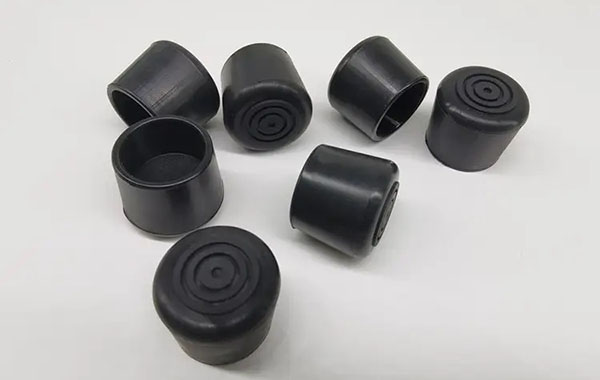
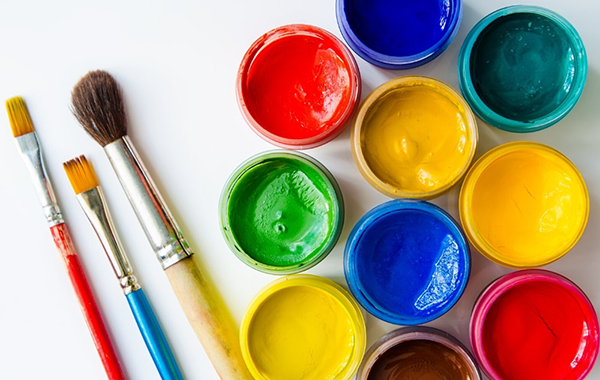


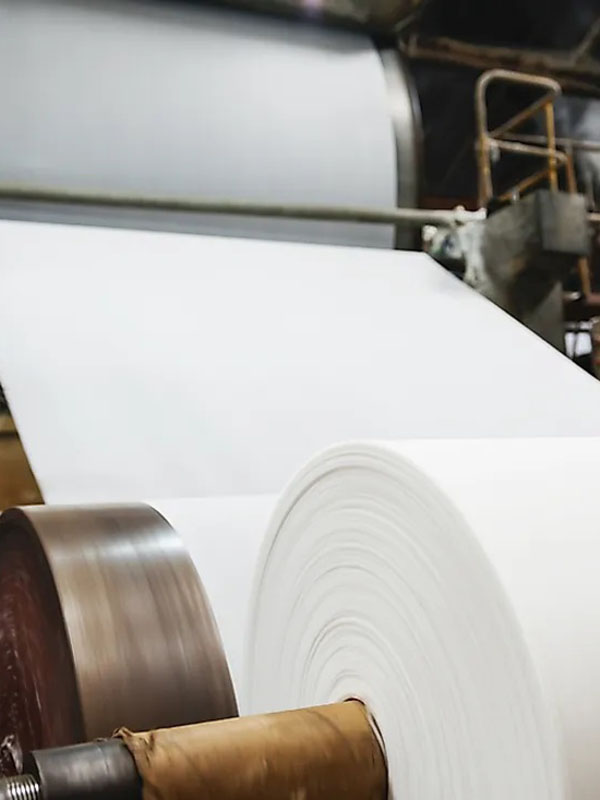


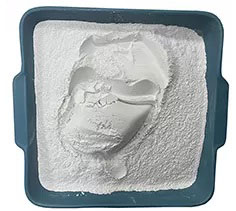
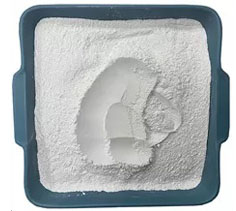
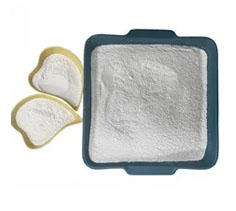
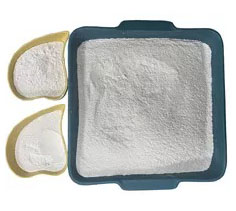

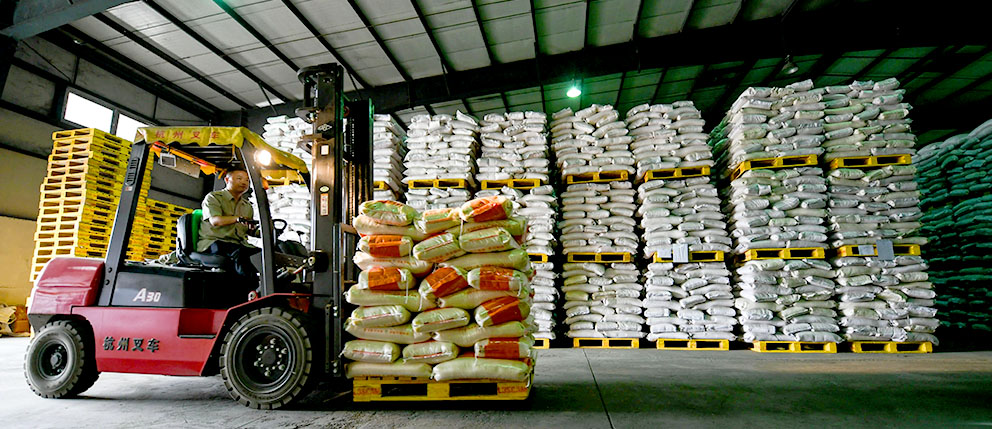

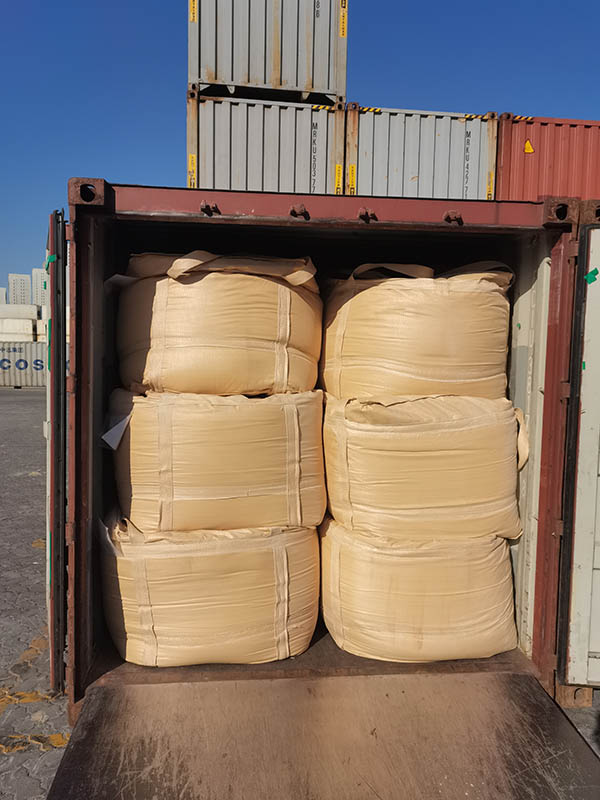
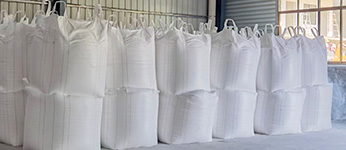
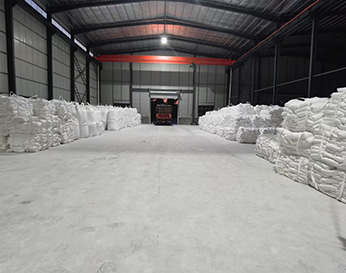

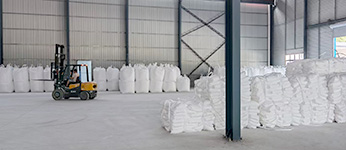
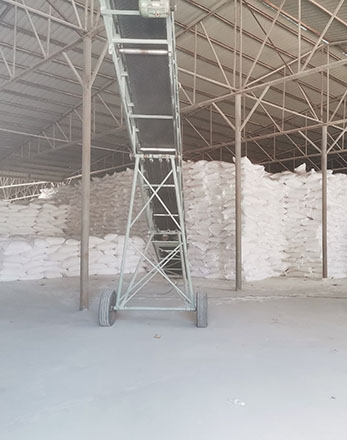
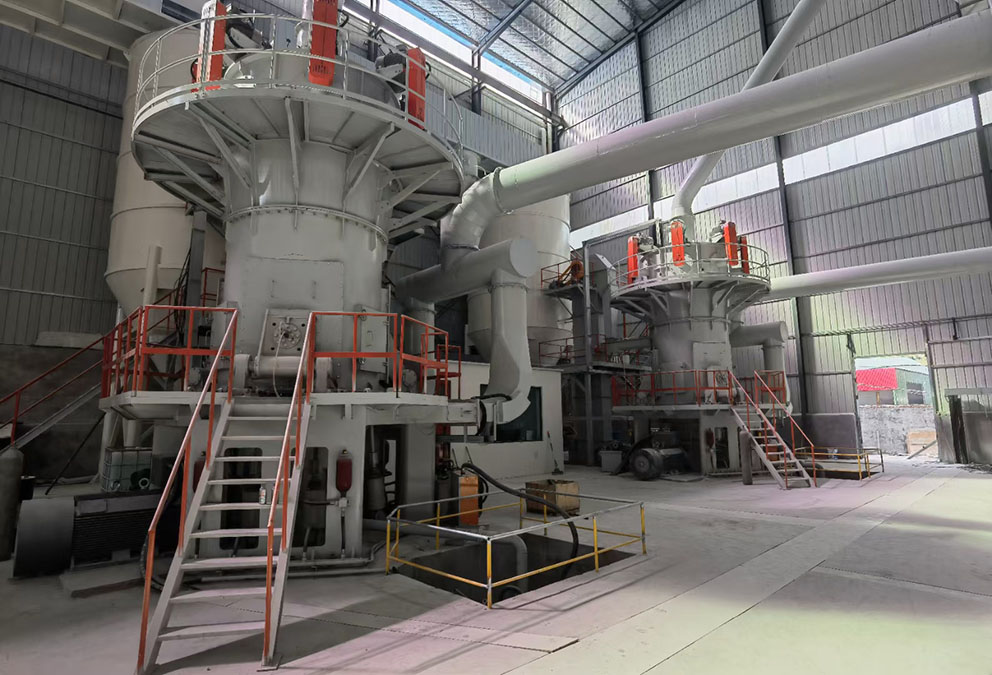
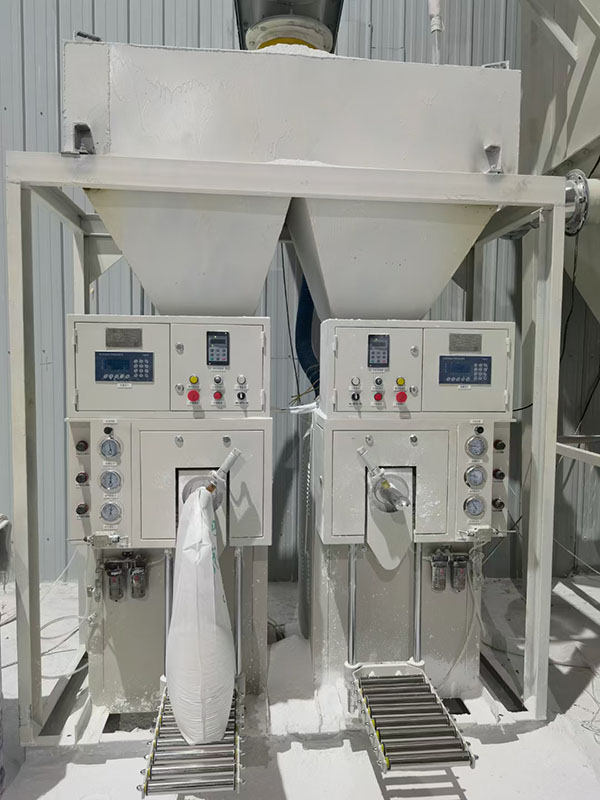
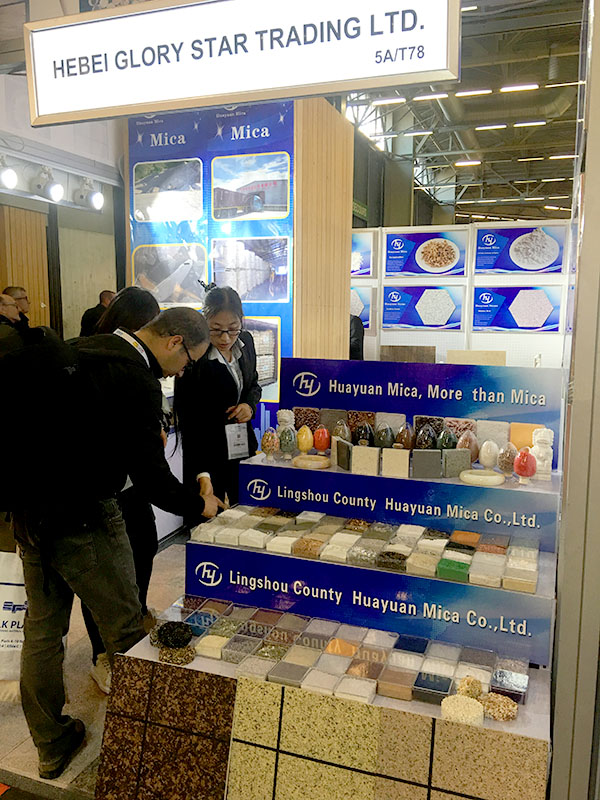


































.png)









